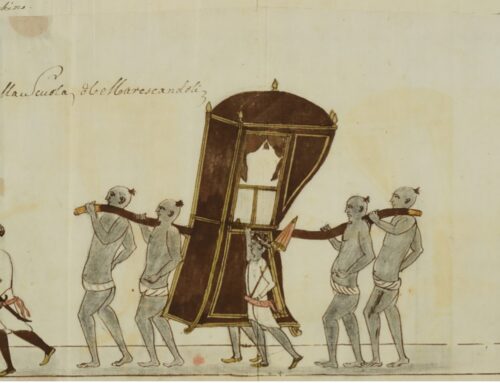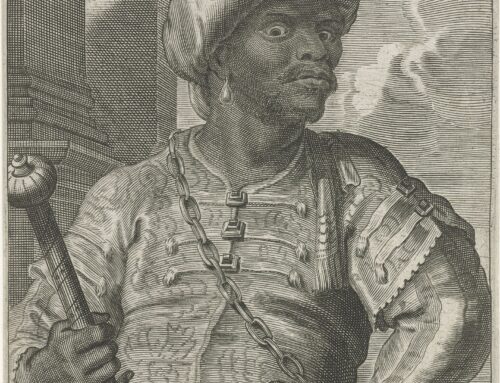An ivory diptych dial made soli deo gloria by Paulus Reinman (active 1575-1609) around 1600 in Nuremberg, at the time an important centre of manufacturing specialised in scientific instruments (Fig. 1). This pocket dial is part of a remarkable collection of objects for measuring and representing time, at the Poldi Pezzoli Museum in Milan (Italy). This type of dial is formed by two panels that fold flat when not in use, with a string between the inner surfaces casting a shadow. It was used to tell the time and, among other things, to regulate mechanical clocks. Clocks’ rapid technical development had in fact by no means caused the abandonment of gnomon-based methods, i.e., those systems, of which the sundial is the most well-known, that tell the time of the day by measuring the solar shadow cast by an object – the gnomon – on a flat surface.
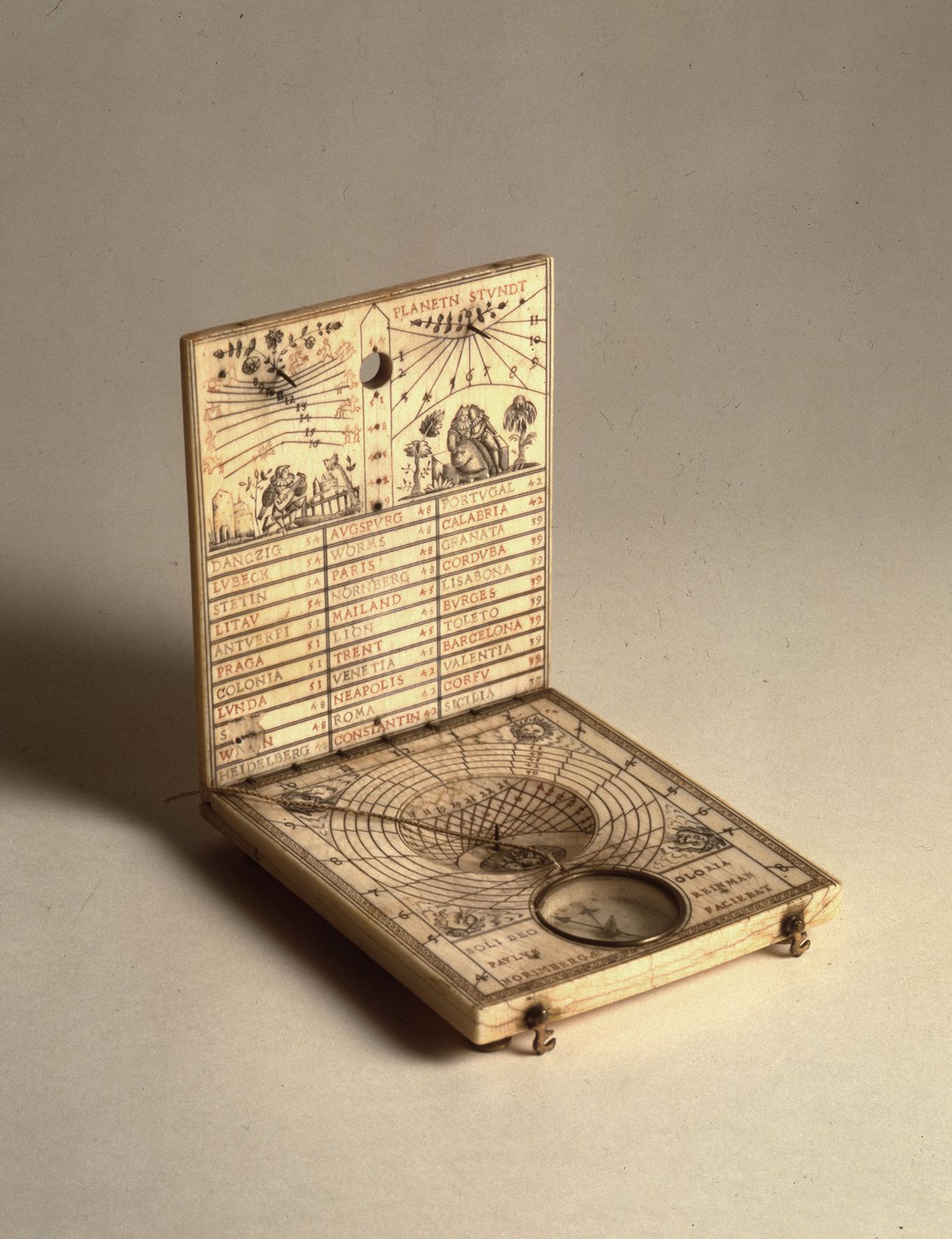
Figure 1. Paulus Reinman, ivory diptych dial, 1602, 11,3 x 9,2 cm. Poldi Pezzoli Museum, Milan (Italy), accession no. 4111. Photo courtesy of Poldi Pezzoli Museum, all rights reserved.
In the invention of the folding sundial, a seminal role is attributed to Georg von Peuerbach (1423-1461), an Austrian mathematician, astronomer, and astrologer, whose work would shape the reception of Ptolemy in early modern Europe. Some of his creations can still be admired today, such as the piece presented as a gift to Frederick III and, on display at the Universalmuseum Joanneum – Museum für Geschichte in Graz (Austria) (Fig. 2). During the Middle Ages and the Renaissance, the production of pocket sundials included single-panel models, models made of various materials – with wooden or brass surfaces, sometimes with reclining metal gnomons – and even exemplars with the back of a panel housing a wax tablet for taking notes. These objects were particularly suitable for use while travelling, but not only: they allowed forms of private timekeeping, managed by individuals independently from the centres of religious and political powers, with their tower clocks and bell towers.
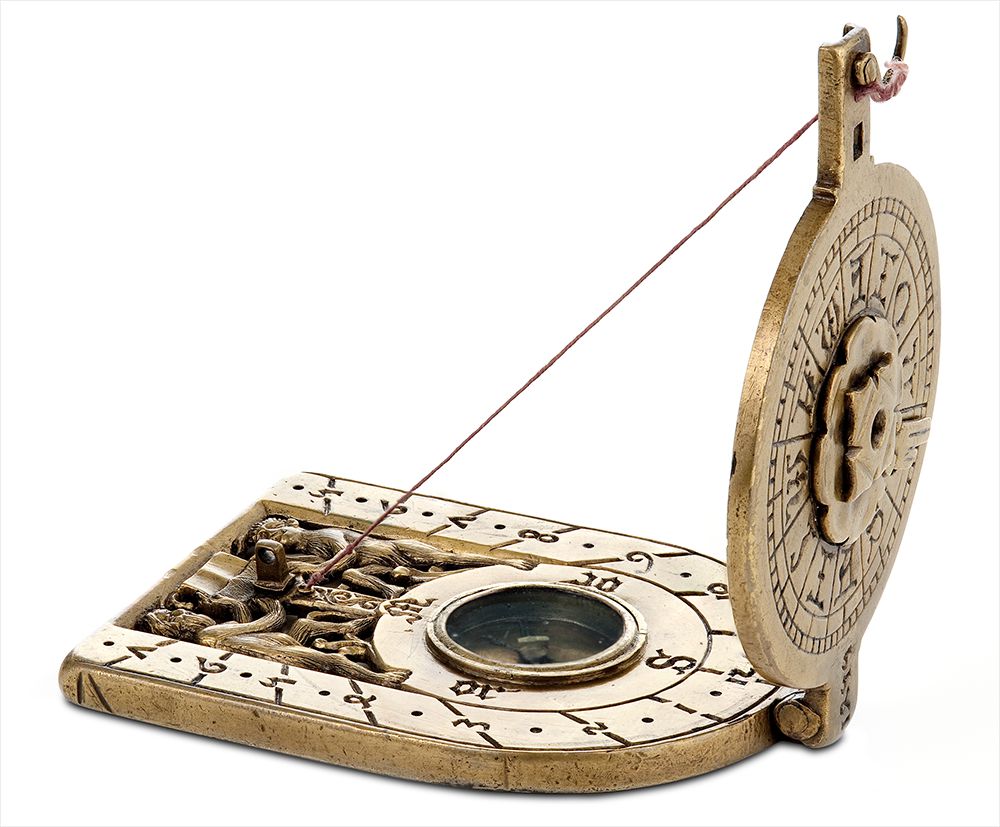
Figure 2. Georg von Peuerbach (attributed), Klappsonnenuhr (foldable sundial), 1455, 5,9 x 7,9 cm, Universalmuseum Joanneum – Museum für Geschichte, Graz, accession no. 4.525. Photo courtesy of Universalmuseum Joanneum – Museum für Geschichte, Graz (Austria), all rights reserved.
Reinman’s instrument is representative of a production of which numerous examples are preserved today in museums and private collections. Like similar devices manufactured in the second half of the 17th century in Nuremberg’s workshops, Reinman’s dial worked at a multitude of latitudes, between Danzig and Sicily, listed on the vertical leaf. The finely decorated details, including stamped decorations and inscriptions filled with red and black colours, and the very use of ivory for a secular luxury object indicate that it was intended for a wealthy clientele. The possibility of using it in a number of different places points to a potential user who was cosmopolitan in their interests, perhaps a noble with a refined aesthetic palate and friendships in various courts and cities of Europe, or perhaps a wealthy merchant with trade connections around the Mediterranean, eager to show off their economic possibilities by surrounding themselves with expensive objects.
This pocket device, 11.3 x 9.2 cm, was to be held with the bottom panel parallel to the ground, and oriented to the North by means of the compass encapsulated into the base. The string that served as gnomon had one end fixed immediately above the compass, while the other was inserted in one of six numbered holes on the vertical leaf to obtain different angles that made it usable at six different latitudes: the time was read by the shadow projected on one of the six rings on the horizontal surface. The list of cities on the vertical face indicates, for each place, the number corresponding to the hole to be used (54, 51, 48, 45, 42 and 39˚ N) (Fig. 3).
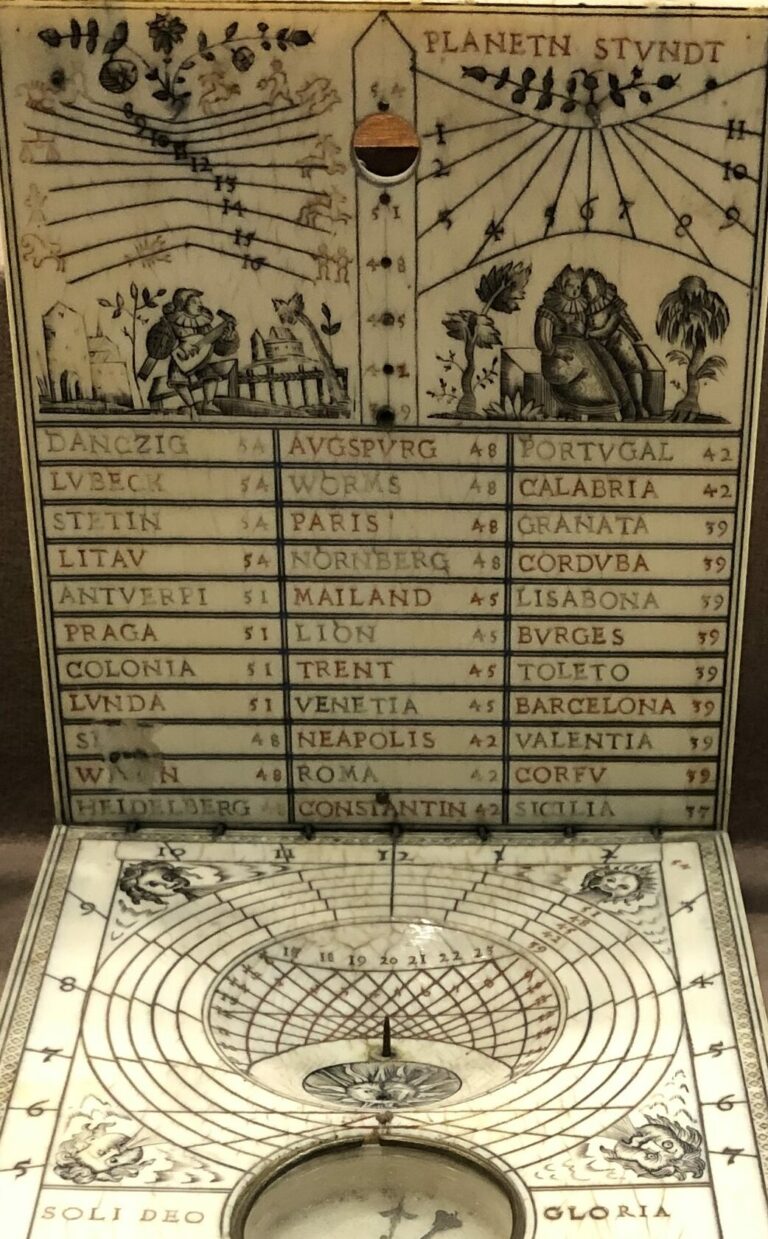
Figure 3. Paulus Reinman, ivory diptych dial, early seventeenth century, detail. Poldi Pezzoli Museum, Milan (Italy). Photo by Giulia Iannuzzi, under Creative Commons Attribution-NonCommercial-NoDerivatives 4.0 International (CC BY-NC-ND 4.0) license.
But that is not all: this small object incorporated a remarkable plurality of functions, with a sophistication that makes it an apt expression of the contemporary state of the art in its technological field, not unlike tablets or smartphones today. On the horizontal leaf the concave area with a fixed vertical pin is another sundial, indicating the hour in two different systems which divided the day in 24 units: the Babylonian, beginning at sunrise, and the Italian, beginning at sunset. On the vertical leaf there are other two smaller sundials, also constructed with fixed vertical brass pins. The one on the left, with the signs of the zodiac represented around the edge, indicates the number of hours of day-light in a given day of the year, between 8 and 16 depending on the position of the sun in the ecliptic. The one on the right uses the number of hours of day-light according to the so-called “temporary” or “Jewish” hours – the division of the day in 12 parts, varying in length according to the time of the year.
On the top of the vertical surface, in devices such as this, there may be a wind rose to identify the prevailing winds, and on the bottom an epact – in the Gregorian calendar, the age of the Moon on 1 January expressed in thirtieths, used as a reference for finding the age of the Moon on any day of the year, and calculating the date of Easter. These brass rotating discs may be admired in a piece today at MAT – The Metropolitan Museum of Art in New York (Fig. 4 and 5).
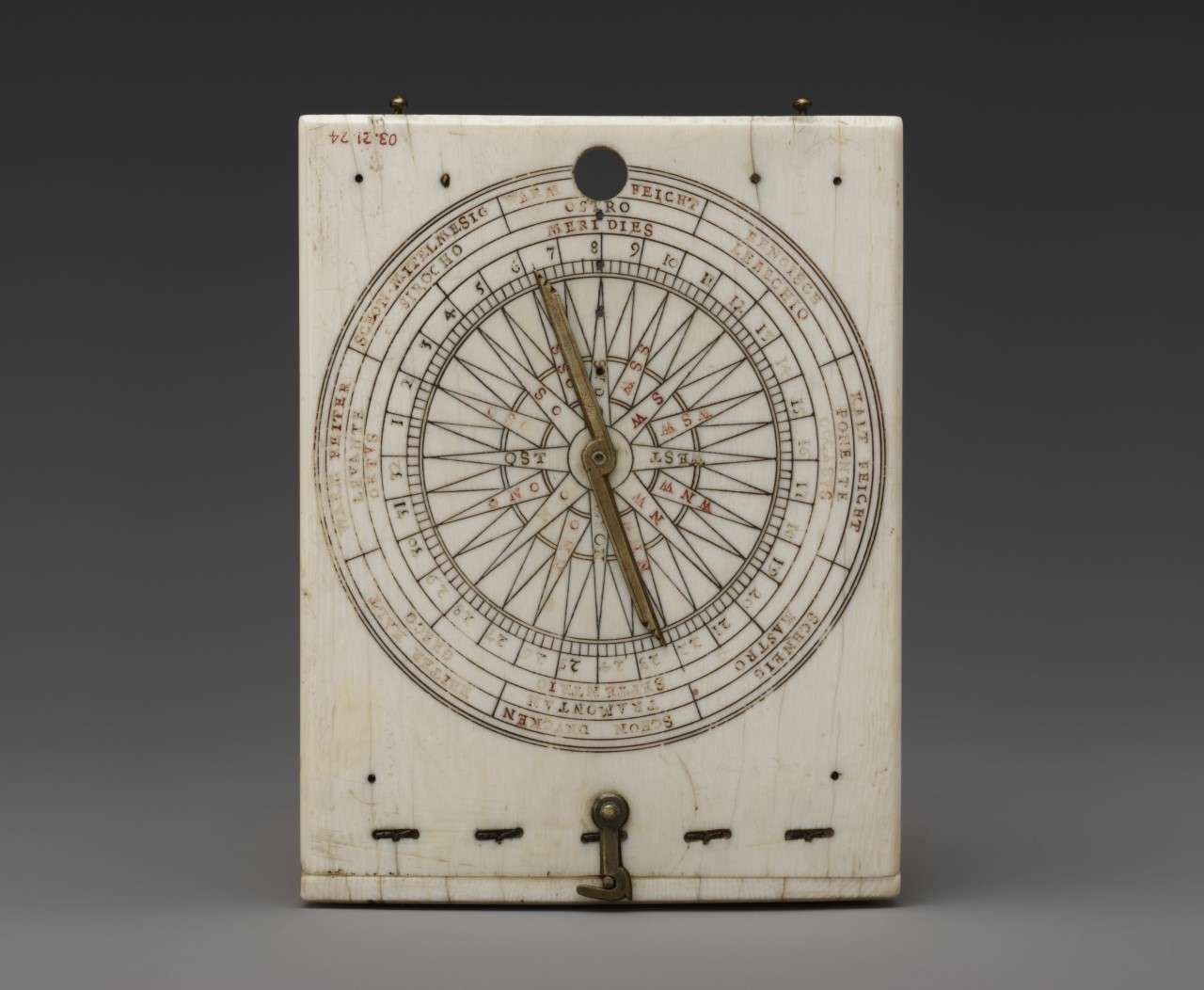
Figure 4. Portable diptych sundial by Paulus Reinman (1602), MAT – The Metropolitan Museum of Art in New York, accession no. 03.21.24. Detail of the top of the vertical surface: volvelle with wind rose. Note in the outer rim the indications of weather conditions in German, in the middle rim the germanised versions of old Italian names for winds; in the inner rim the cardinal points in Latin. Photo courtesy of MAT, public domain.
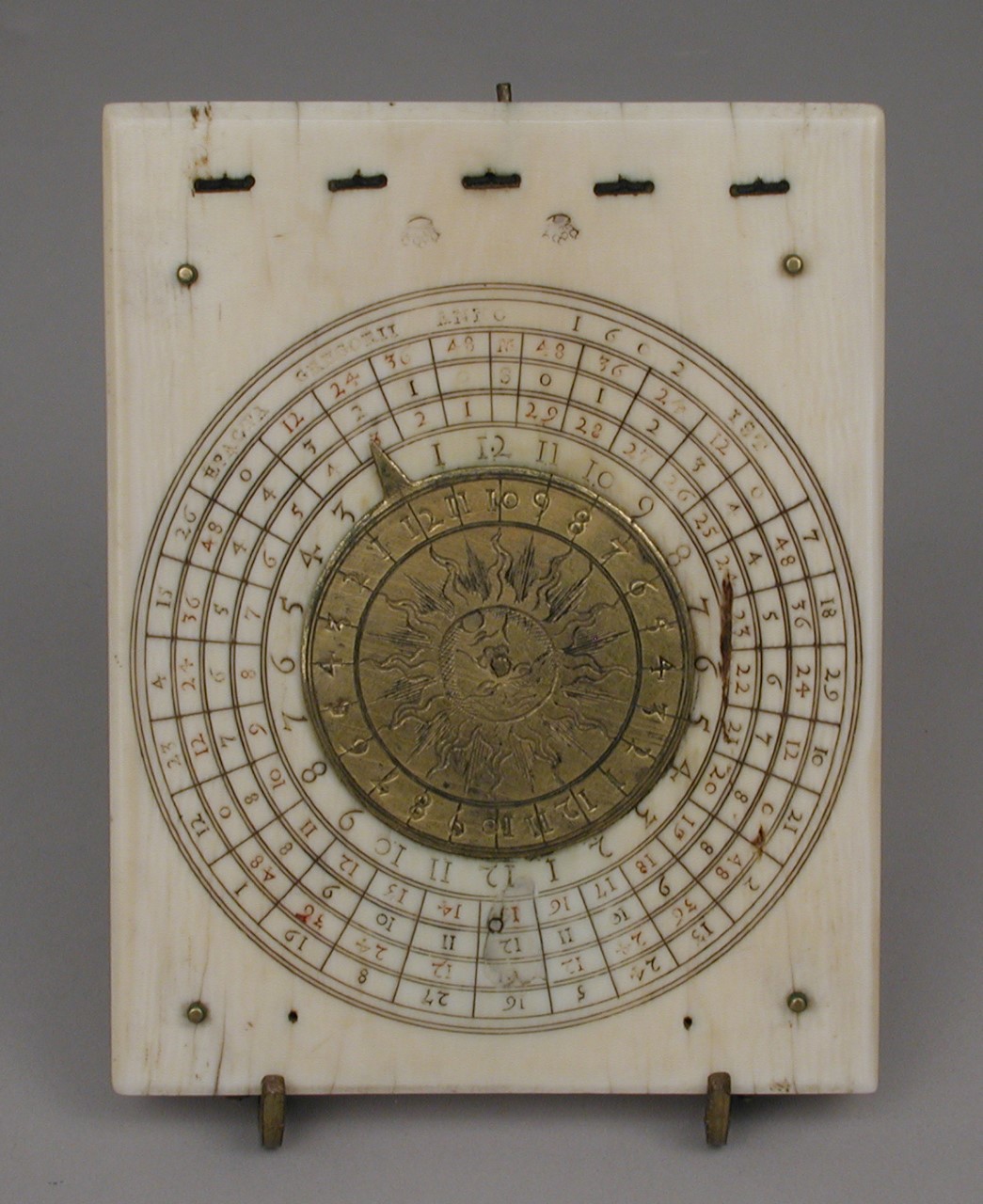
Figure 5. Portable diptych sundial by Paulus Reinman (1602), MAT – The Metropolitan Museum of Art in New York, accession no. 03.21.24. Detail of the bottom of the horizontal surface: epact for the Gregorian calendar year 1602. Photo courtesy of MAT, public domain.
Sometimes one of the external surfaces featured a lunar volvelle with a gilt-brass rim, such as in the specimen at the Whipple Museum of the History of Science, University of Cambridge (Holden-White collection no. 1935-42, accession no. 1688). In Flemish specimens manufactured between the 15th and 16th century, there could also have been a nocturnal, for finding the time at night from the orientation of the stars, or an aspectarium, an astrological diagram depicting the angles (or aspects) between the planets, the Sun, and the Moon, usually featured in the inner circle of a lunar volvelle.
The two sundials on the vertical panel of the Reinman’s piece in Milan are decorated with scenes of gallant life (Figure 3): a musician playing a string instrument with buildings in the background on the left and two lovers sitting on the right. The plants in both scenes perhaps intend to evoke the passage of time, recalling ideas of seasonality and cycles of life. On the inside of the lower panel, the blowing putti personify the winds and are often encountered in Reinman’s objects. Typical of this maker are also the geometric frames that decorate the edges of the two panels.
The use of ivory gives us a glimpse of the trade routes that connected Africa and Europe in the early modern age, controlled by Arab and – after the 15th century – Portuguese merchants. In the German-speaking world of the time, this material was used for other luxury decorative artefacts and scientific objects, such as medical and anatomical models. The fact that Nuremberg’s compass and sundial makers did not normally use brass – a material favoured in other specialised areas such as Augsburg – testifies to the importance of trade networks in shaping the production of scientific instruments. This ‘isolation from metal technology’ – as Penelope Gouck observed – was an important reason for the decline of the Nuremberg school that will follow the splendour of the 16th and 17th centuries.
Many observations could also be made on the professional excellence that, in a field such as time computation, implied the availability in one place of scientific-mathematical knowledge, especially geographical and astronomical, technical expertise and craftsmanship, and artistic taste and refinement. In the case of Nuremberg, where von Peuerbach’s student Regiomontanus (1436-1476) resided and published his works in the 15th century, local manufactures may also be located within the city’s social fabric and merchant class, and in connection to the establishment of specialised family dynasties. Dials could be marked with an ‘n’ (for Nuremberg) punched by sworn masters of the compass makers’ guild to certify the quality of good instruments, or with the mark of the maker. The crown distinguishable on the MET exemplar (Figure 5), stamped twice on the upper edge of the bottom leaf, was the identifying mark used by Paulus to sign his instruments, and by his father Hieronymus before him.
A multitude of technical and cultural trends converge in a minute object: the coexistence of mechanical and gnomonic systems of time calculation in the 1600s, and of different units of measurement of the year and day; the need for a time computation device working across geographical and political borders; the circulation of materials and luxury goods in Europe and across the Mediterranean.
Bibliography
Penelope Gouk, The Ivory Sundials of Nuremberg 1500-1700 (Cambridge: Whipple Museum of the History of Science, 1988).
Bruce Chandler and Clare Vincent, ‘A Sure Reckoning,’ The Metropolitan Museum of Art Bulletin 26, no. 4 (1967): 154-169.
Epact: Scientific Instruments of Medieval and Renaissance Europe, at Oxford, dir. Jim Bennett, 1998, current version 2006, https://www.mhs.ox.ac.uk/epact/.
Roland Schewe, and John Davis, ‘Time on a Tablet: Early Ivory Sundials Incorporating Wax Writing Tablets,’ Early Science and Medicine 24, no. 3 (2019): 213-247. doi: https://doi.org/10.1163/15733823-00243P01.
Zeitmesser. Von der Sonnenuhr zum Räderwerk, bearbeitet von Eva Marko und Lukas Stolberg (Graz: Ausstellung im Steiermärkischen Landesmuseum Joanneum Graz – Abteilung für Kunstgewerbe, 1989).
Acknowledgements
I would like to thank the Universalmuseum Joanneum – Museum für Geschichte in Graz (Austria) and here especially Bettina Habsburg-Lothringen and Ulrich Becker, for their availability, for the high-quality photo of Georg von Peuerbach’s Klappsonnenuhr and the authorisation to reproduce it in this article, and for bringing Zeitmesser to my attention.
My heartfelt thanks to the Ufficio Conservatori at the Poldi Pezzoli Museum in Milan (Italy) for the high-quality photo of Reinman’s piece, for the authorisation to reproduce it here, of for putting at my disposal an extract from the museum inventory.
Parts of this article were first published in Giulia Iannuzzi, ‘Dialing in Early Seventeenth-Century Europe,’ Geographies of Time, 23/08/2021, https://ian.hypotheses.org/1931.
Biography
Giulia Iannuzzi works on the history of publishing and translation processes, the history of speculative imagination, and the conceptualisation of time and human diversity in early modern European culture. She has published in journals such as Cromohs, History and Journal for Eighteenth-Century Studies. Her latest book is Geografie del tempo. Viaggiatori europei tra i popoli nativi nel Nord America del Settecento (Geographies of Time. European travellers among Indigenous peoples in eighteenth-century North America, Rome 2022).




